
Jonathan Ochshorn
A version of this essay appears in Encyclopedia of Twentieth Century Architecture, Fitzroy Dearborn (Taylor and Francis) Publishers
Text © 2003 Taylor and Francis Publishers. Posted on this web site only by permission of publisher. All rights reserved. Republishing this material, whether in print or on another web site, in whole or in part, is not permitted without advance permission of the publisher. Copyright status of images is unknown. Blue skies have been added by the author.
Steel is a material present in the structure of virtually all works of 20th-century architecture: in the connectors, plates, nails, bolts, and screws of timber floors and frames; in the deformed bars hidden within the cement and stone matrix of reinforced concrete; and in the hot-rolled wide-flange columns and beams characteristic of steel skeletal frameworks. While its history as a building material can be traced back at least to the fifth century B.C., and while its potential to revolutionize the whole process and form of building was in many ways already evident in the 19th century, it is in the 20th century that the architectural expression of steel was most thoroughly explored.
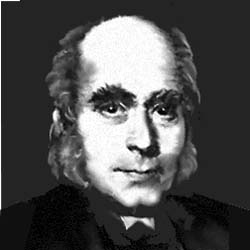
Sir Henry Bessemer
Steel refers to any metal consisting primarily of iron, although the term is now commonly used in a more restrictive sense, reserved for the mild carbon steels that first appeared in the mid-19th century and the high-strength, corrosion-resistant ("weathering"), and stainless steels developed more recently. Cast and wrought iron products had been used extensively in building, especially in the 19th century, but were largely superseded by the beginning of the 20th century by hot-rolled steel members. The ultimate victory of steel over earlier forms of iron was due to steel's superior structural properties along with an increasingly efficient manufacturing process—based on the innovations of Bessemer, Siemens, Thomas, and others—that dramatically reduced its cost while increasing its output. Stimulated first by the needs of the railway industry in the mid-19th century and later by a dramatic increase in large-scale building projects, construction in steel became inextricably linked with the accelerated pace of commercial and industrial development in the 20th century.
The economic and social changes accompanying this development met mixed reactions. Chicago architect Louis Sullivan found a kind of spiritual poetry in the steel frame's aspiration for verticality; Italian Futurist Sant'Elia proclaimed in 1914 that the steel bridges, railway stations, cars, and planes of the modern epoch already signaled a radical discontinuity with the traditional forms of the past; Russian Constuctivist Vladimir Tatlin's proposal for a spiraling steel monument to the Third International in 1920 provided a dynamic and optimistic visual image for the new technology. Yet other artists and critics saw only the negative social consequences of the 20th century's new steel-framed architecture: dark, canyon-like streets; anonymous, repetitive facades; degrading or dangerous working conditions. Steel was not simply the material par excellence of the industrial revolution; at the dawn of the 20th century it was also a potent symbol of economic power and monopolistic arrogance, personified in the legendary figures of Andrew Carnegie, J.P. Morgan, and Elbert H. Gary.
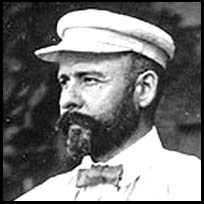
Louis Sullivan

Sant 'Elia
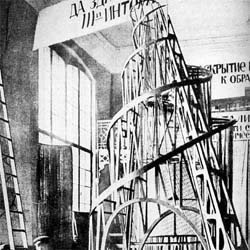
Tatlin: Monument to the Third International
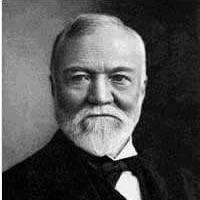
Andrew Carnegie
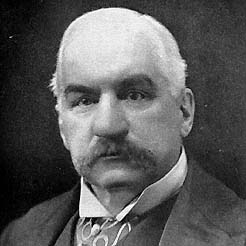
J.P. Morgan
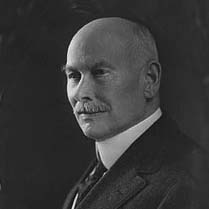
Elbert Gary
With the development of steel architecture other formal and technical issues have emerged: reconciling requirements for fire-proofing and corrosion protection with the desire for direct expression; exploiting the potential of standardization, prefabrication, and mass production; expressing the ideal of lightness and elegance, or the tectonics of load and resistance; incorporating the image of the machine (whether derived from industry, transport, or war) or the influence of other aesthetic tendencies (from constructivism to deconstruction). These issues are subsumed within the following discussion, which is based on three critical 20th-century building types: the office building, the long-span "shed," and the house.
Posted on web June 11, 2002; last updated Jan. 22, 2008 [minor re-formatting]